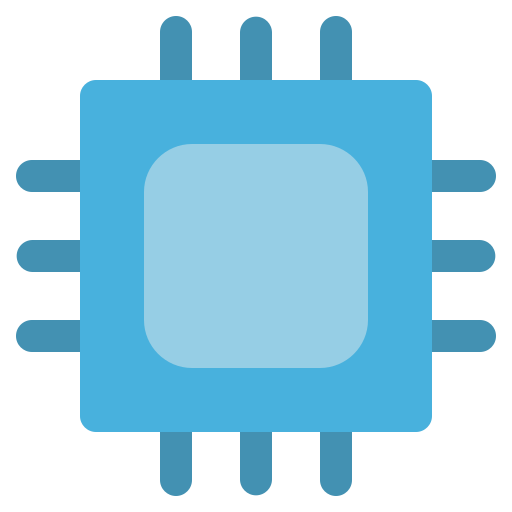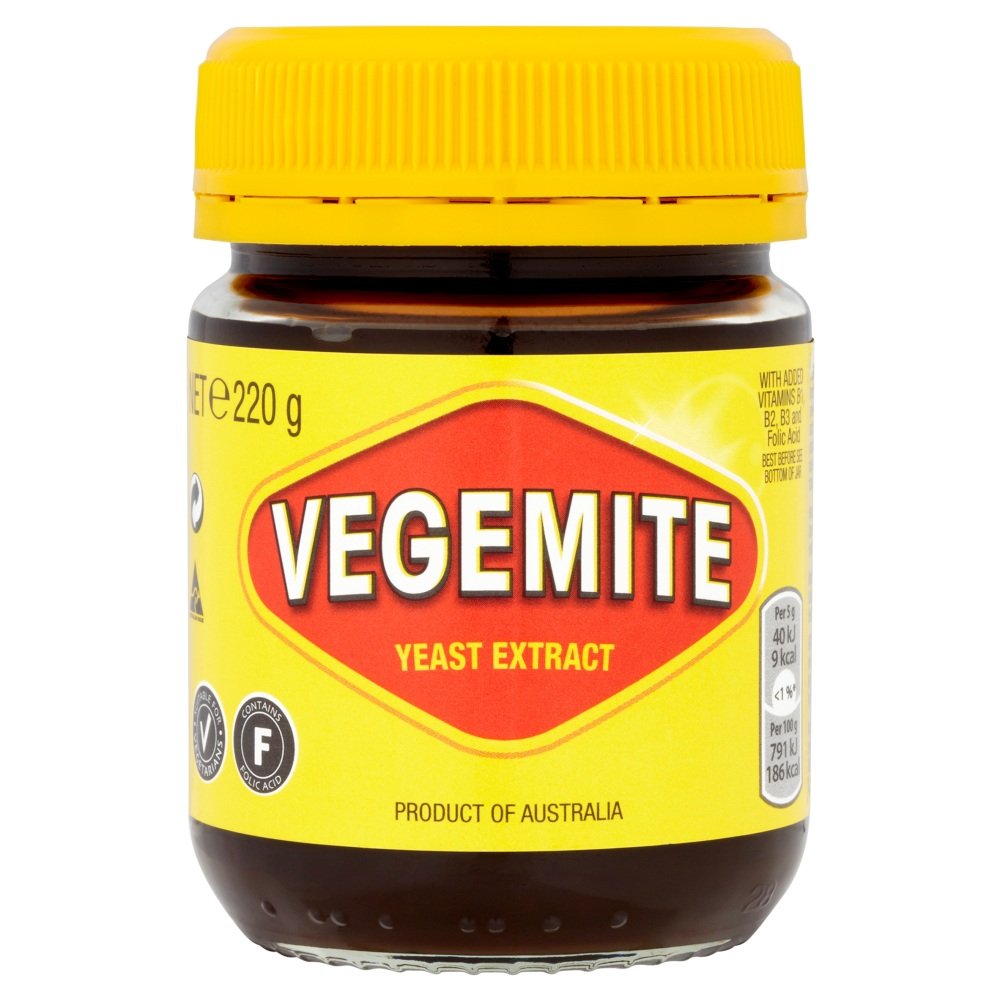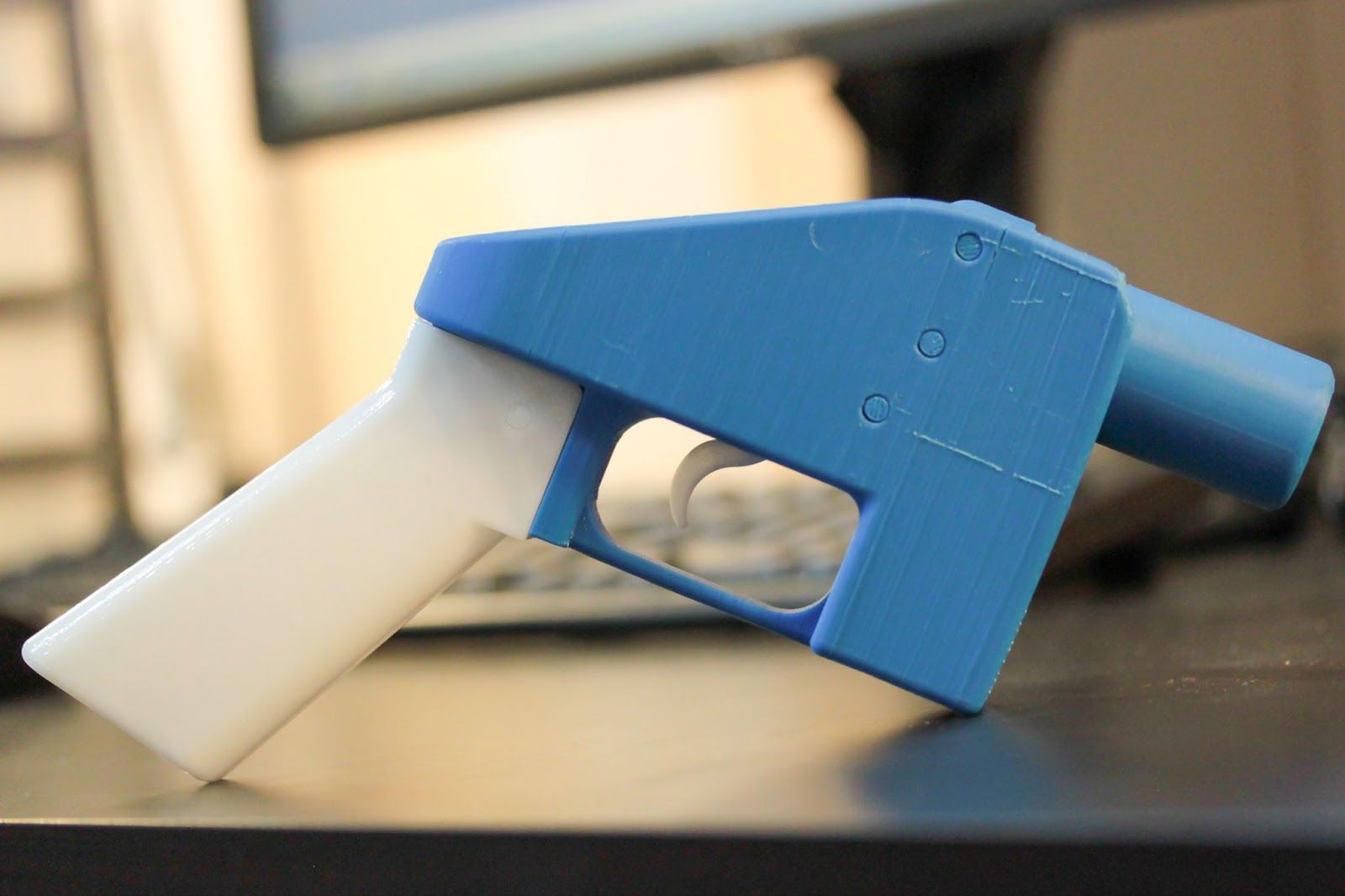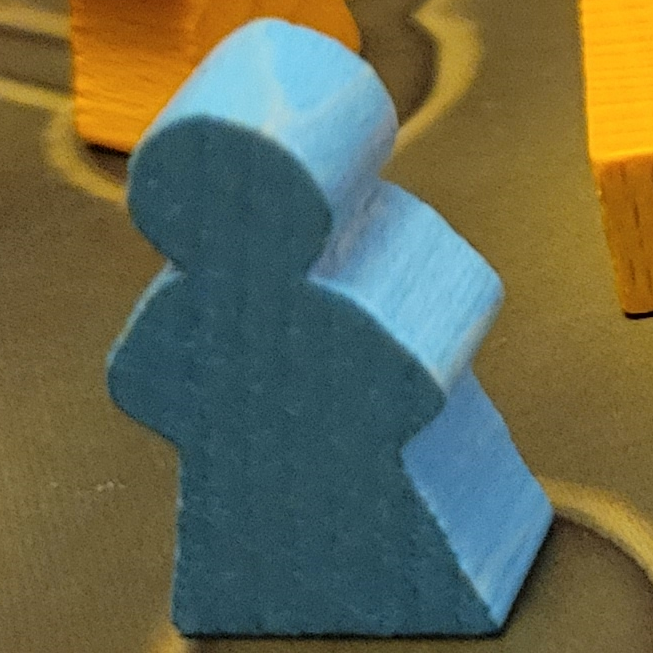Excellent fact, and bonus points because the fact is only recorded in a footnote of a writeup about an already moderately obscure fact.
- 4 Posts
- 35 Comments
Sinister!

 6·28 days ago
6·28 days agoThis is right, for as long as the fdm printer hobbyists can avoid the lockdown and enshittification that some printer brands are definitely pushing. The value of this paper, for it’s authors, seems more like a proof of concept: fingerprinting is possible. And I think that’s actually it’s same value for hobbyists: the problems with a closed system and proprietary printer firmware are not hypothetical.

 10·28 days ago
10·28 days agoThe fact that this could only work in 100% locked down ecosystems was my thought too. About cutting the part up, that seems to be what this particular paper is most proud of: they did a bunch of math to make some codes that they could still figure out even when they were cut into pieces and mixed up—like if a person broke their printed part after using it. Sort of like error-correcting codes I guess, but able to be reassembled from fragments.

 28·28 days ago
28·28 days agoHere’s the paper where they explain it. Basically, they make subtle fluctuations in layer height, adding or subtracting small amounts that are not visible to the naked eye, to encode 0s and 1s. So, maybe in principle this could run at the firmware level on your printer. Then, someone can use a microscope to read off the code from pieces of the printed part.
I would have some doubts about how reliable this is, given the relatively large tolerances in fdm printing, but they have a section about that in the paper, so I guess they at least have thought about it.

 111·28 days ago
111·28 days agoHere’s the paper where they explain it. Basically, they make subtle fluctuations in layer height, adding or subtracting small amounts that are not visible to the naked eye, to encode 0s and 1s. So, maybe in principle this could run at the firmware level on your printer. Then, someone can use a microscope to read off the code from pieces of the printed part.
I would have some doubts about how reliable this is, given the relatively large tolerances I fdm printing, but they have a section about that in the paper, so I guess they at least have thought about it.

 5·1 month ago
5·1 month agoFor those who haven’t seen this amazing interview:
This thread is like the Simpsons gag blowing dust off the book title “How to cook [for(ty)] humans”, except everyone’s an asshole and I also learned several things. Upvotes all around!!

 2·2 months ago
2·2 months agoThanks! I wondered about the glue stick trick, but I think you’re right that a taper would be better. I have to wonder why he didn’t say that, but maybe he was tight on time or some other thing.

 4·2 months ago
4·2 months agoThe part at the end about the fins is good, but too quick. He says put a gap under the fins, and that makes sense, but then how do they print? Are they small enough that they can basically just break away? I’ve heard ironing is the key to stacked, separable prints (like miltiboard grids). I’d that (a) necessary, (b) unnecessary but helpful, or © irrelevant for these fins?
P.s. while I was internet searching to try to understand this, I found a cute video of his from 3 years ago where he is explaining the same concept, but with less polish and less good vtuber equipment. Still neat, and neat to see how he has and hasn’t changed over time.

 3·3 months ago
3·3 months agoOr just hydrate more—its better for you and your shit.

 3·3 months ago
3·3 months agoLike others have already said, this article is a good collection of tricks/principles/examples. There are also lots of links out to other resources that cover the various items in more detail.
But I haven’t seen anyone mention how awesome that head image is! Take a closer look if you didn’t at first. I’d love to see an animation that wipes from design to completed piece.

 17·3 months ago
17·3 months agoNone of the sites are completely free from enshittification, but printables seems the least bad. Prusa has a better track record with supporting an open community, at least for now. Bambu+makerworld is an example of a company trying to close as much as possible to lock people in. Now I can’t download without a login? No thanks.
Yeah, there’s probably all kinds of clever ways to use folding for subdividers or something. If you come up with something to post, tag me so I can check it out!
Yeah! I know people make full organizer models for it, but mine has grown into its own thing over time, as I add more parts for the new expansions.

 26·3 months ago
26·3 months agoPetition to rename this sub silent_doors_club
I don’t think that really narrows it down, but this is certainly one of the math animations of all time!
This animation and explanation is really good!! The studio, which is guess was new at the time, was called Pixar. According to the credits, one of the animators there shares a last name with one of the mathematicians who developed this method (Thurston).







First time I ever heard the speech was on this amazing album: https://theotolith.bandcamp.com/album/folium-limina